Ultimate Guide to Argentina Entry, SIM Card Purchase & Currency Exchange Tips
Preparations for Entering Argentina💼 This post is about entry + SIM card + transportation + currency exchange
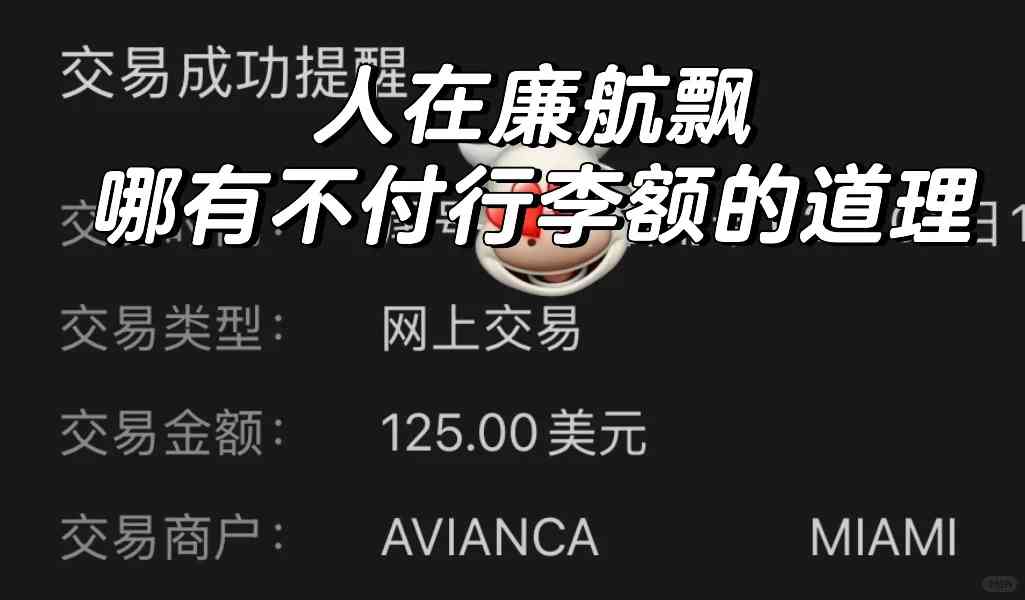
✈️ About Entry:
When departing from New York, I was informed that a confirmed flight or bus ticket out of Argentina is required. A prepaid one booked on the overseas version of Trip will suffice. They check this before boarding. See pic 2️⃣
Avianca (Columbia Airlines) is very strict with luggage requirements, as it’s a budget airline.
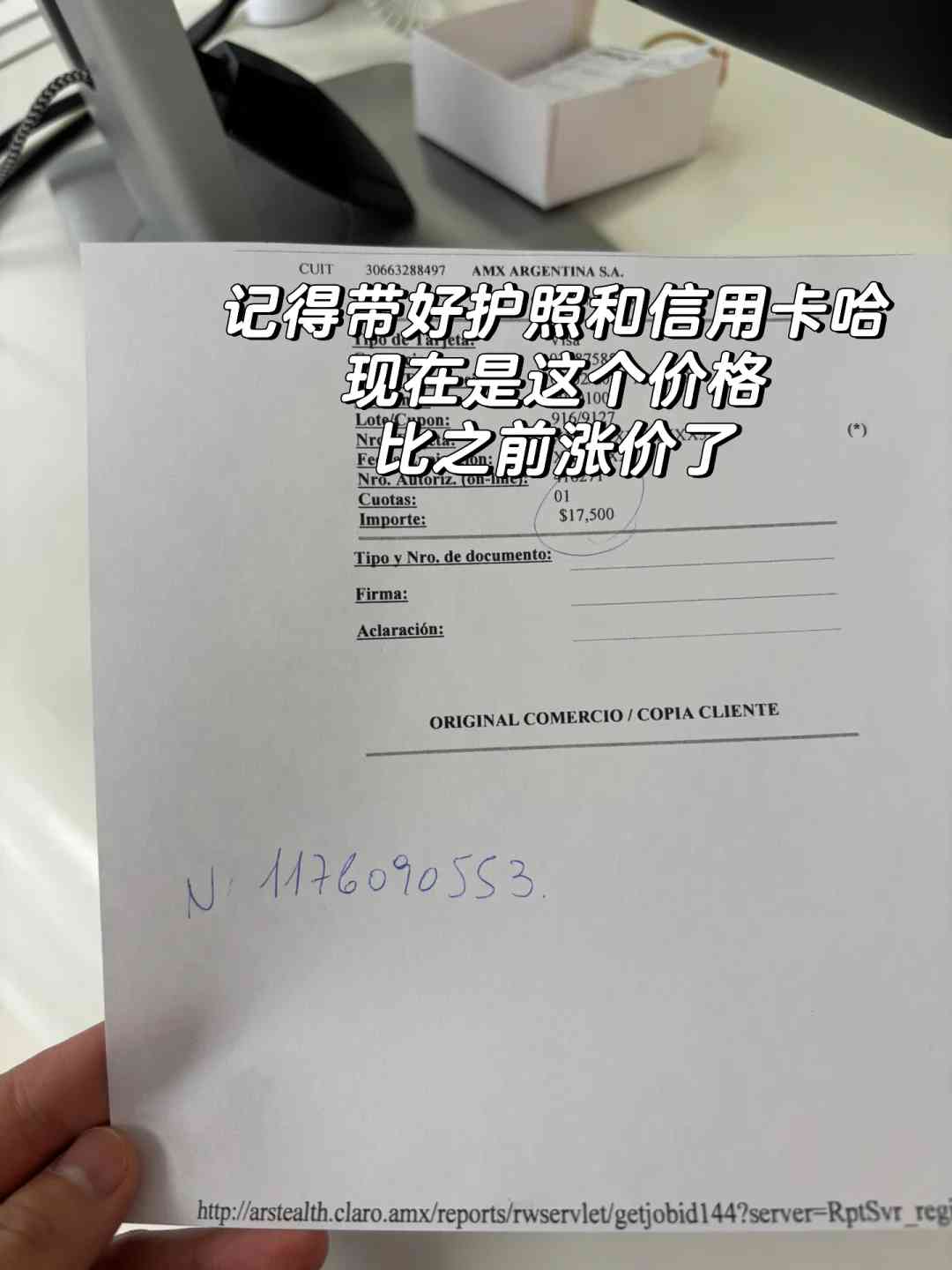
For my first leg, I purchased a carry-on for $125🔪, but for the second leg, they deemed my bag too long and non-compliant, so I had to check it in at the gate. See pics 3️⃣ & 4️⃣
At EZE airport, during customs, they asked if it was my first time using this visa. No other questions were posed (since I read some posts about people being detained and deported, I strongly suggest having your accommodation receipt and departure ticket ready, along with a prepared statement to prove you will leave on time).
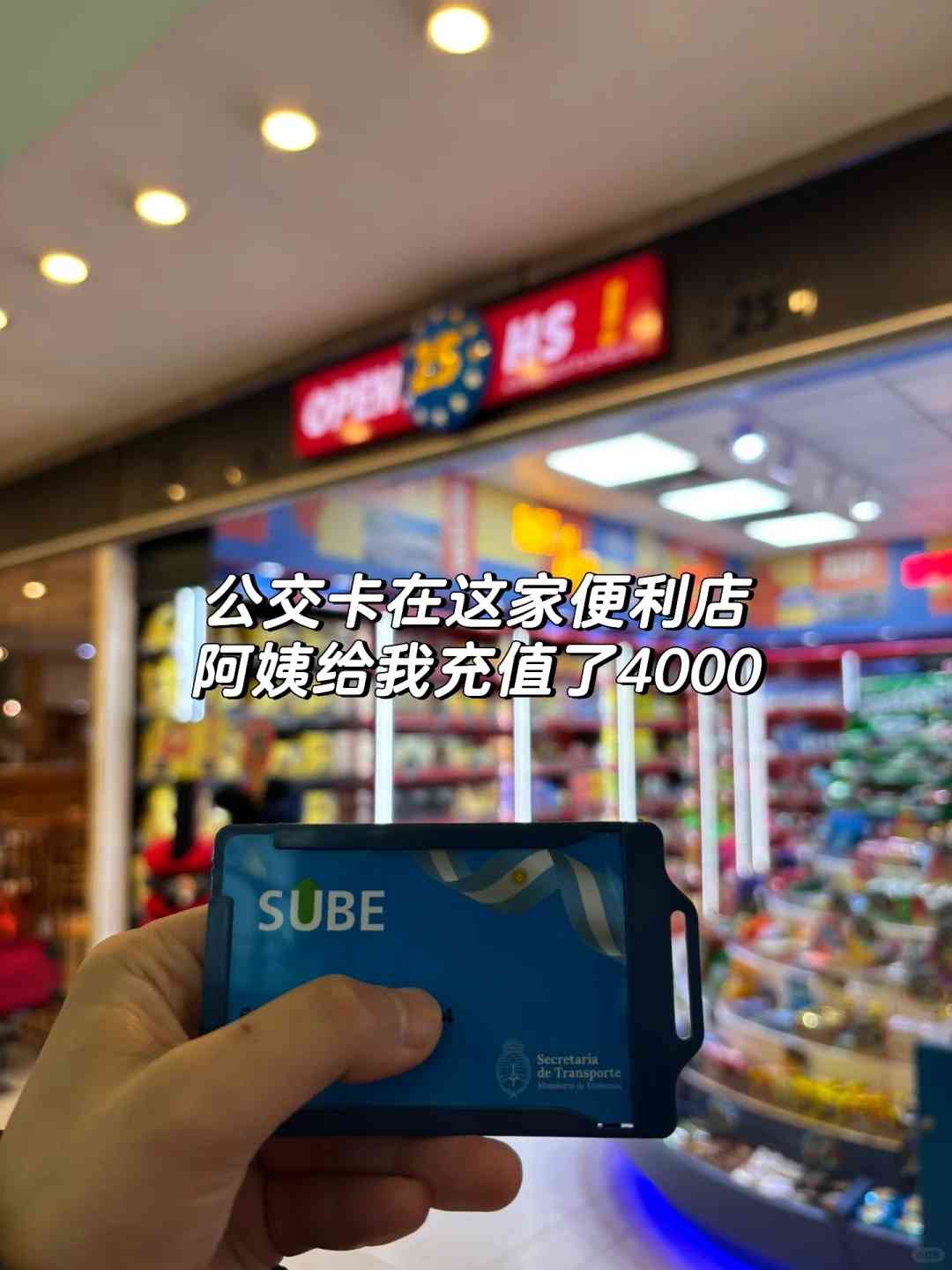
💡 Tip: I noticed the customs officer had many flag pins on his badge, including the Five-Star Red Flag. When I asked him where he got it, he said it was a gift from tourists, which made us both chuckle. This tip is really useful; giving small gifts when going through customs can help build rapport and make things smoother!
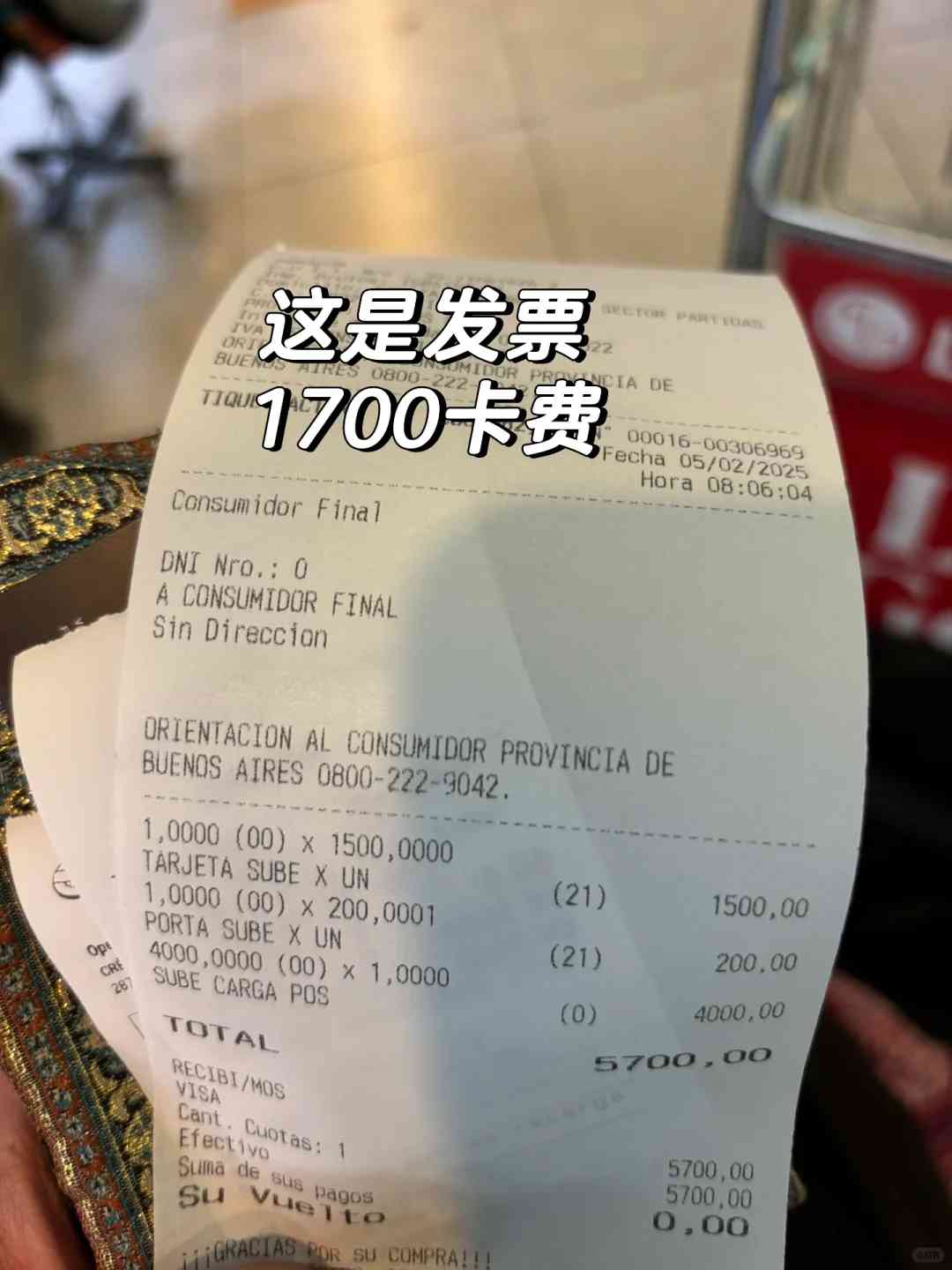
Next time, I’ll bring some too [Observing secretly R]
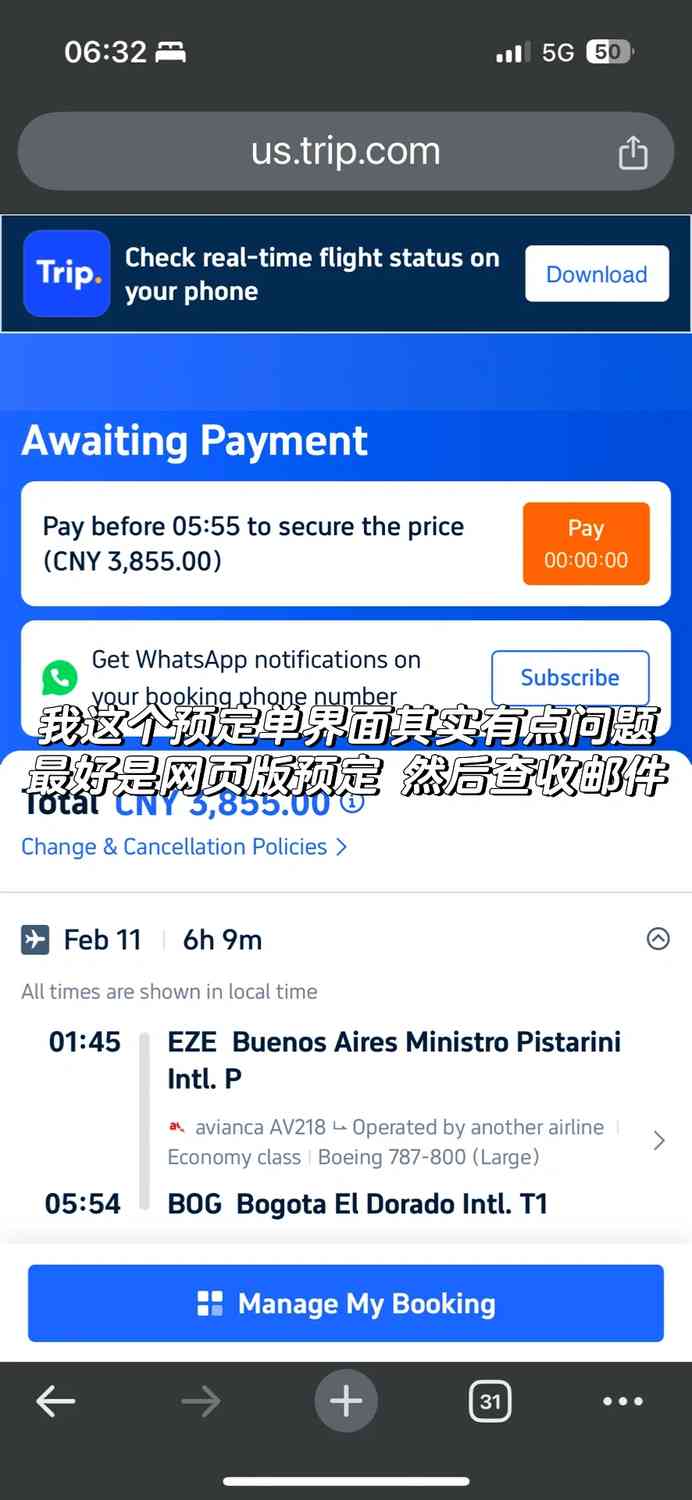
📱 About SIM Card:
The Wi-Fi speed at the airport is surprisingly good, so you can easily look up the route to your accommodation. Then, head to a Claro store in the city to get a SIM card. Make sure to bring your passport and credit card. The plan offers 25GB for 30 days, no calls, and costs 17,500 pesos, which is more expensive than before.

See pics 5️⃣ & 6️⃣
Another option is Personal, another carrier. I asked around on the street, and their SIM card costs around 10,700 pesos, and then you can top up for data.
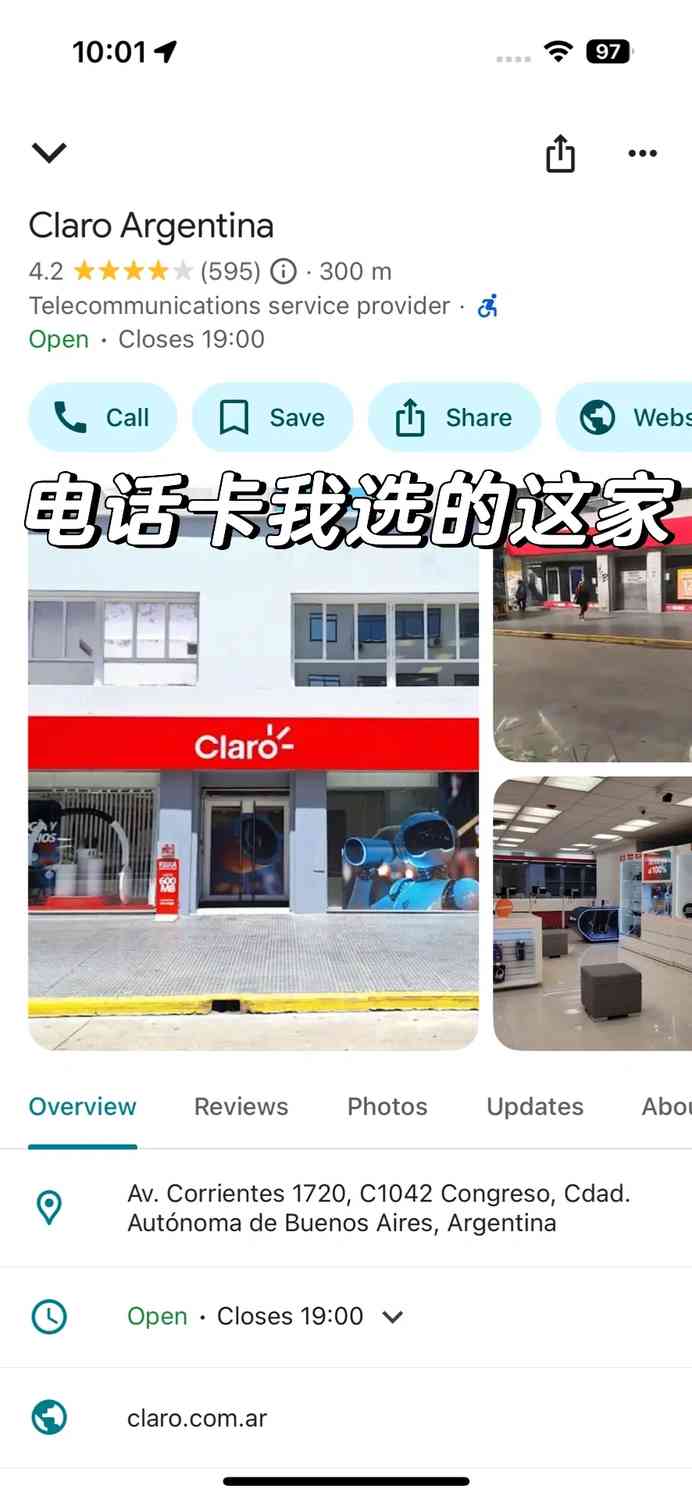
🚗 About Transportation:
You can buy a transportation card at the 25hrs convenience store in the airport. There are two stores, and I chose the smaller one closer to the exit. The card costs 1,700 pesos, and the friendly auntie there topped it up with 3,000 pesos for me. For the bus, just tap the card.
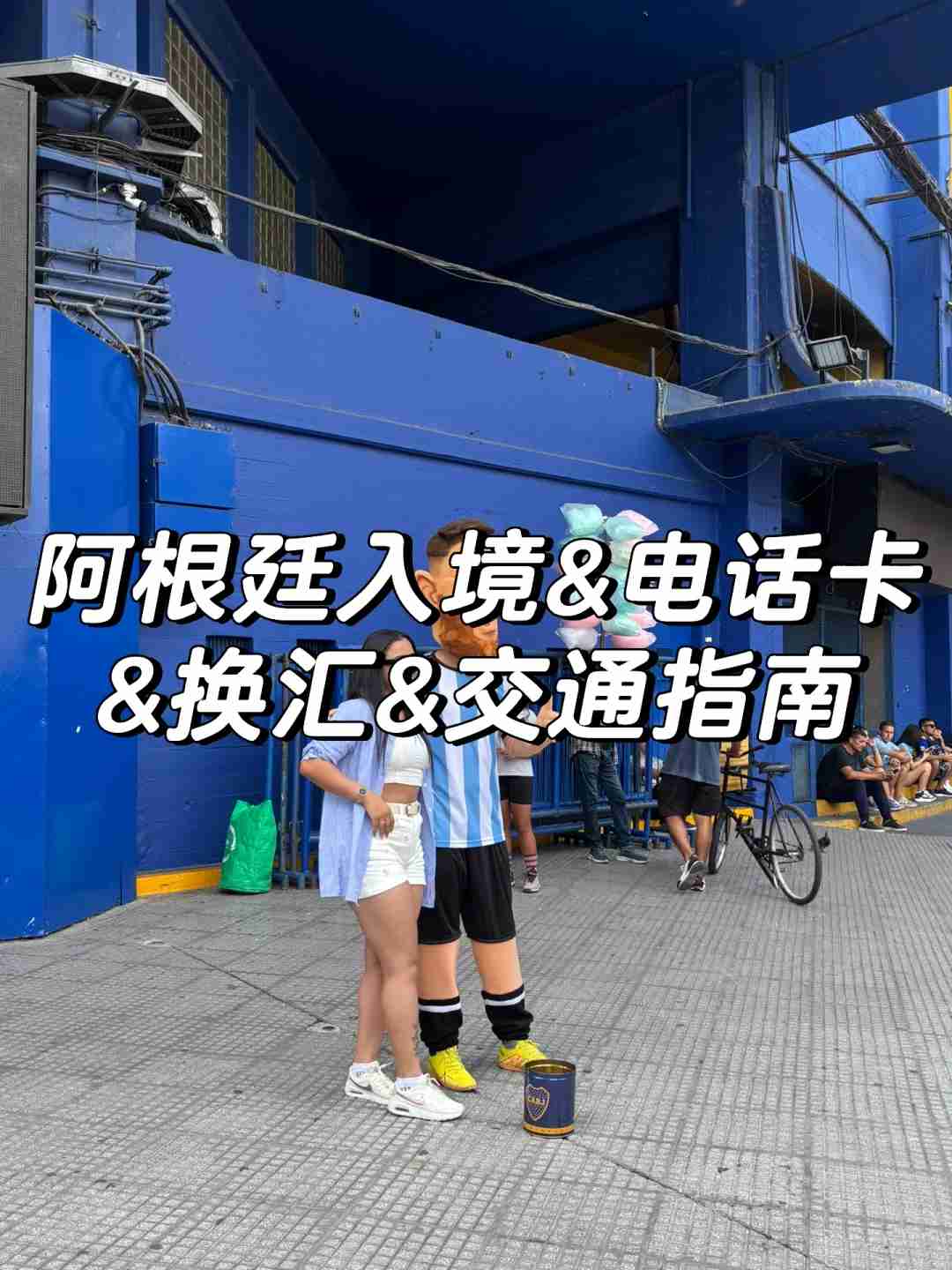
See pics 7️⃣ & 8️⃣. For taxis, Didi International is cheaper than Uber.
💡 Buses within the city are generally safe, but it’s not recommended to take them outside the city as it can be risky. I encountered something strange on bus number 8 right after leaving the airport. See pic 1️⃣0️⃣
💰 About Currency Exchange
The exchange rates at the airport are notoriously poor. I snapped a quick photo and decided to look elsewhere. See pic 1️⃣1️⃣.
For a better deal on currency exchange in the city, I discovered Sister Xue, who runs a Chinese supermarket. She offers exchanges based on the real-time rate, and you can pay via Alipay or US dollars. Her shop is located as shown in pic 1️⃣2️⃣. Sister Xue is incredibly friendly and also manages a cozy homestay for around $20 per night. If you’re still looking for a place to stay, she’s a great resource [Shy R] @Traveler.
Initially, I thought using a credit card would be the most convenient option, but it turns out that using a domestic credit card here comes with hefty bank fees. The exchange rates in Argentina are quite volatile, and there are multiple ways to exchange, which can be a bit bewildering 😅.
Buenos Aires truly has a European flair!
Wishing everyone a fantastic trip 🥳

